Gifu Prefecture guide
Gifu Prefecture may be on the obscure side, but it’s amazing and offers a completely different experience as compared to metropolitan cities such as Tokyo and Osaka. Our guide to Gifu Prefecture will take you through everything you need to know about this magical place, from hiking in the mountains to taking a leisurely stroll through its well-preserved towns.
1. Gujo Hachiman
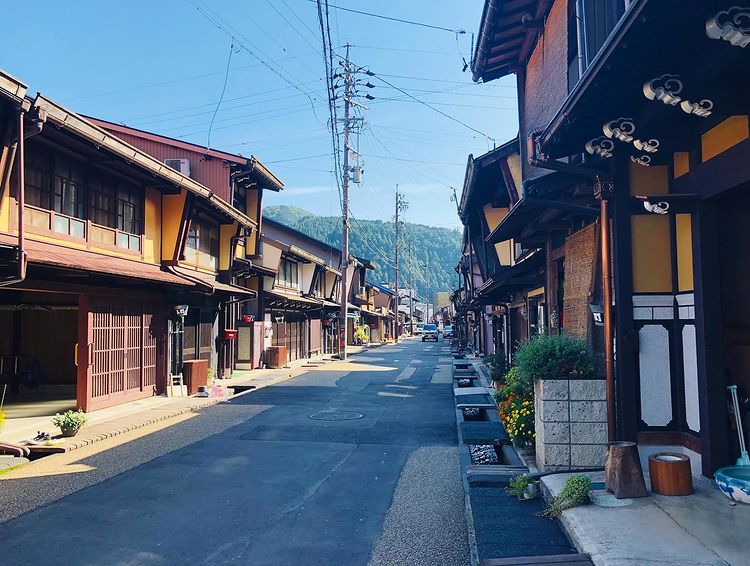
Image credit: @delab_take
Gujo Hachiman is a small town located in Gifu Prefecture that is responsible for the production of a large percentage of food replicas in Japan. This quaint little town perfectly captures the essence of rural life in Japan, thanks to its historical buildings and its well-preserved streets.
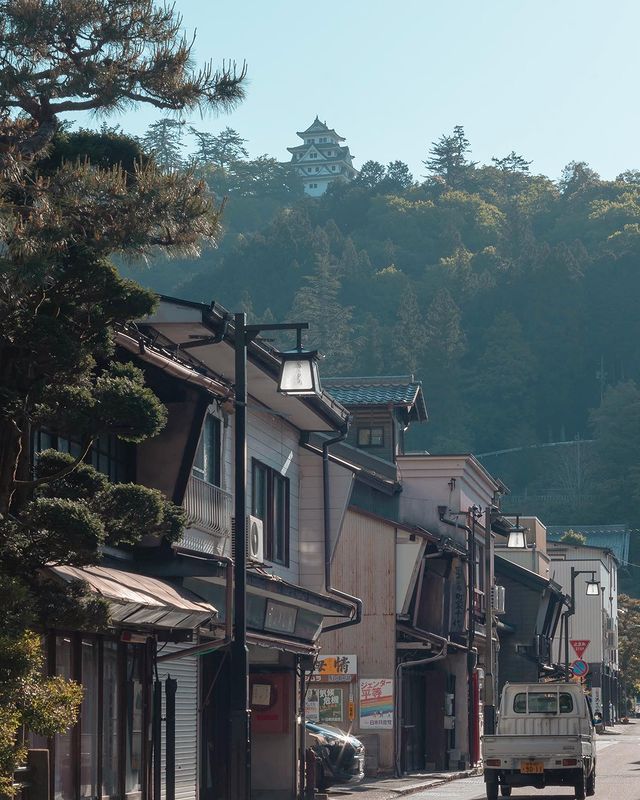
Image credit: @kaa._.photo
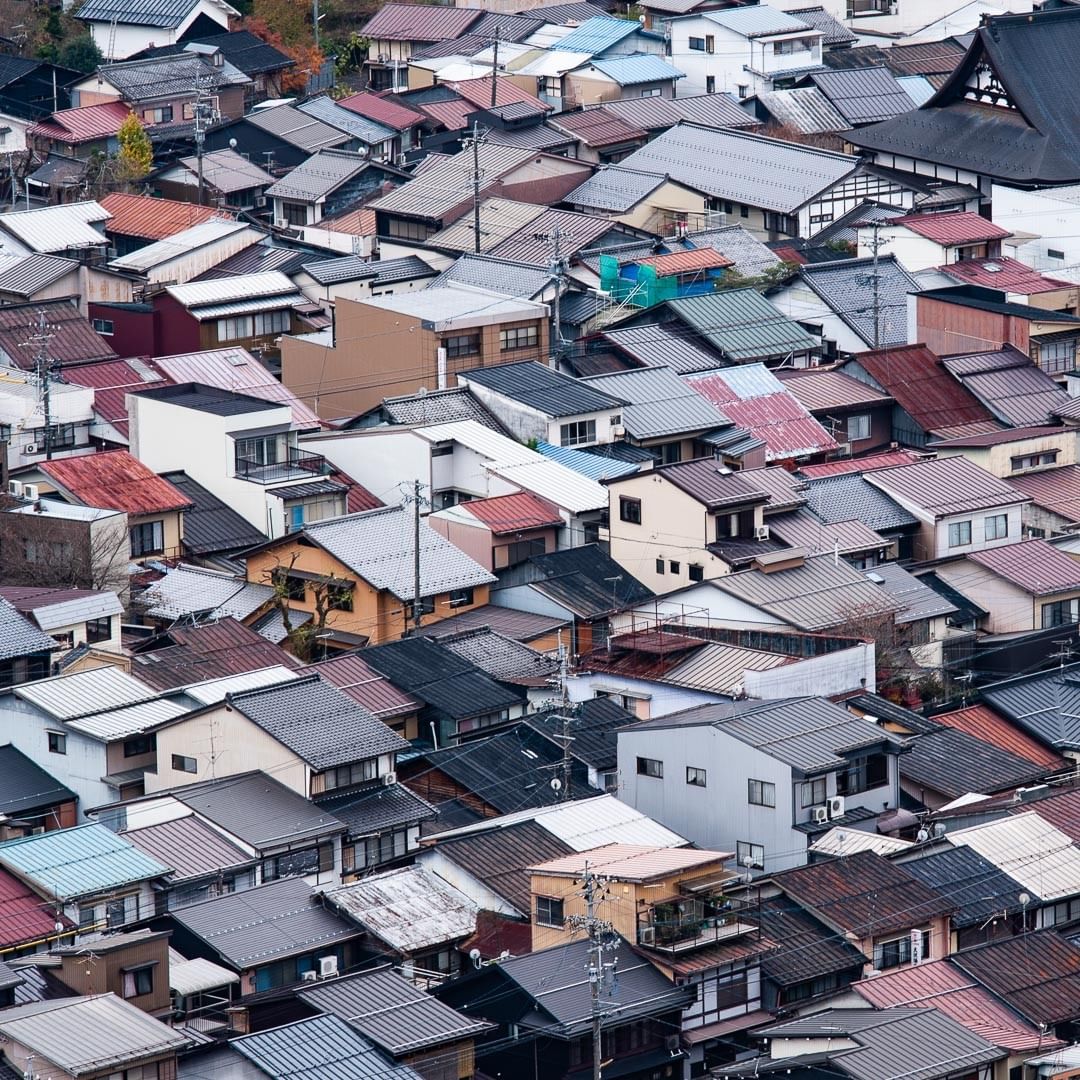
Image credit: @poeto87
Let your worries fade away as you stroll around the humble town of Gujo Hachiman and take in the sights and sounds of a typical day there.
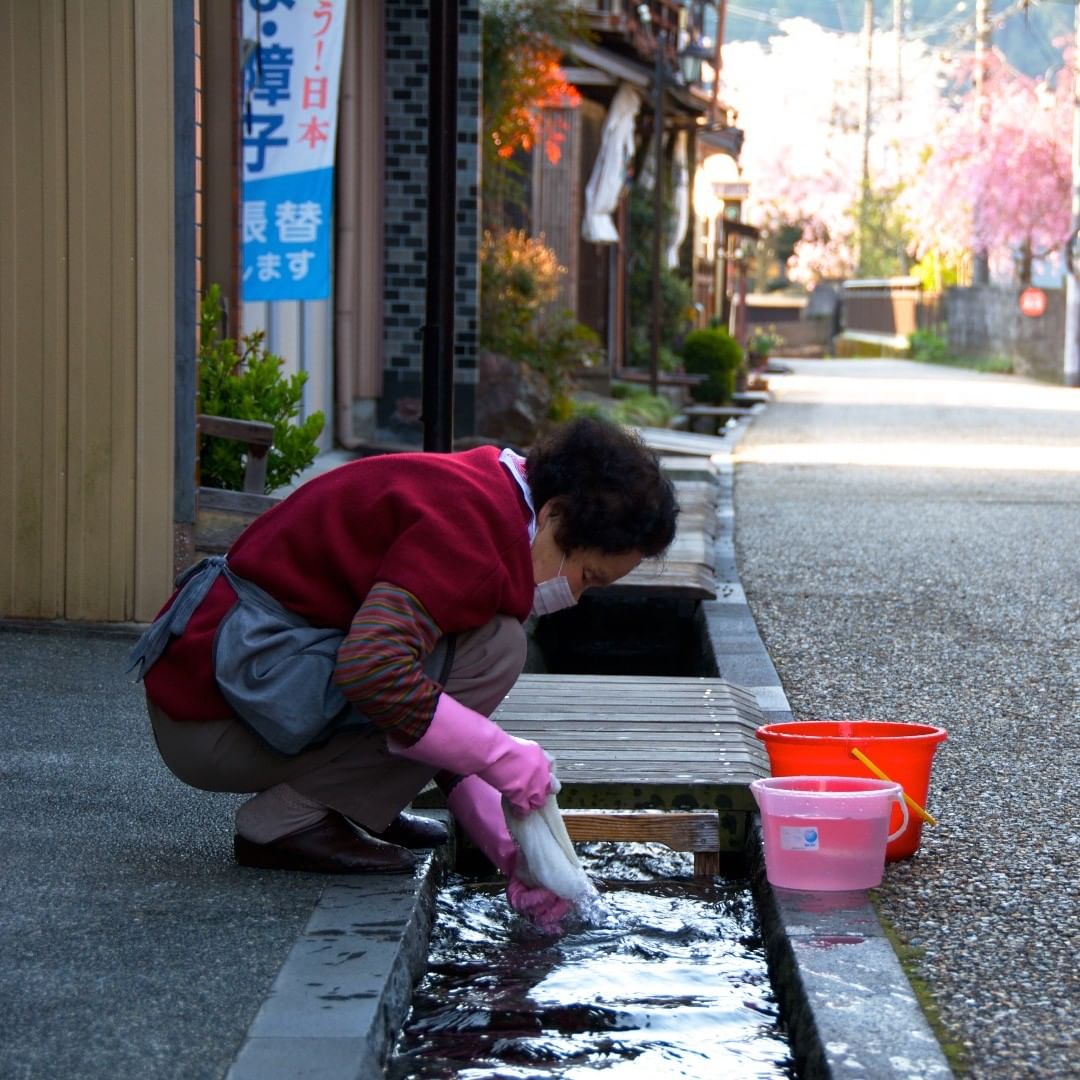 Image credit: @gujo_hachiman_japan
Image credit: @gujo_hachiman_japan
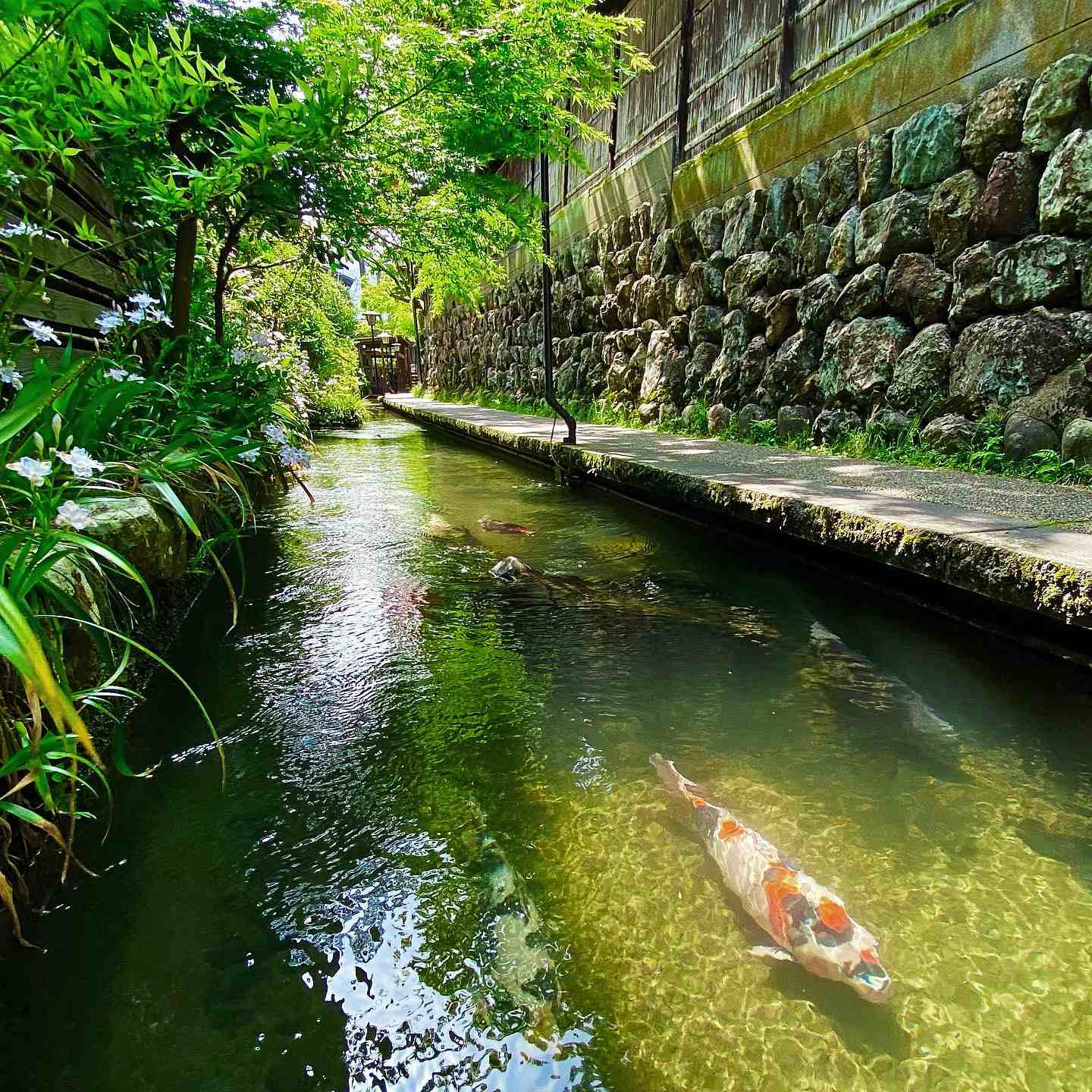 Image adapted from: @yu0130aichi
Image adapted from: @yu0130aichi
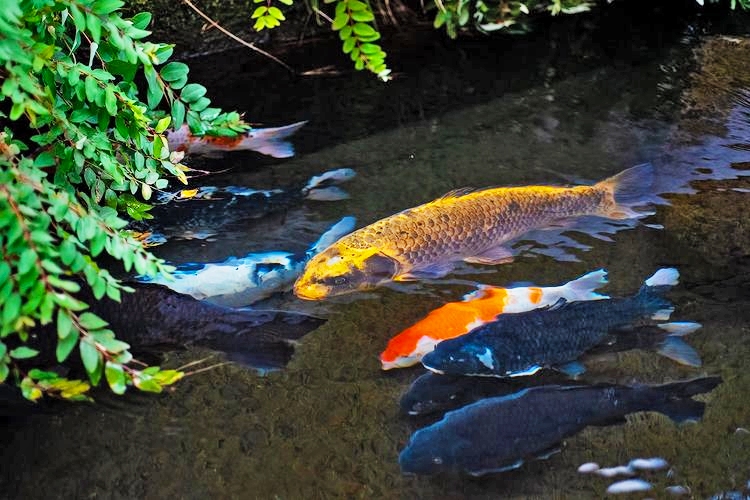
Image adapted from: @g.kk.f
Gujo Hachiman is also known for the fresh water that flows through their canals, which residents use for washing rice, vegetables, and even their clothes. The water is so clean that koi fish can be seen swimming in their canals.
Gujo Hachiman Castle

Image credit: @fooooociiiiiiijanuary052
Gujo Hachiman Castle is a castle that was built in 1559 by Endo Morikazu, and subsequently reconstructed in 1933. The castle sits atop a hill overlooking the rest of the town, providing a splendid bird’s-eye view of the streets of Gujo Hachiman, as well as the nearby valley.
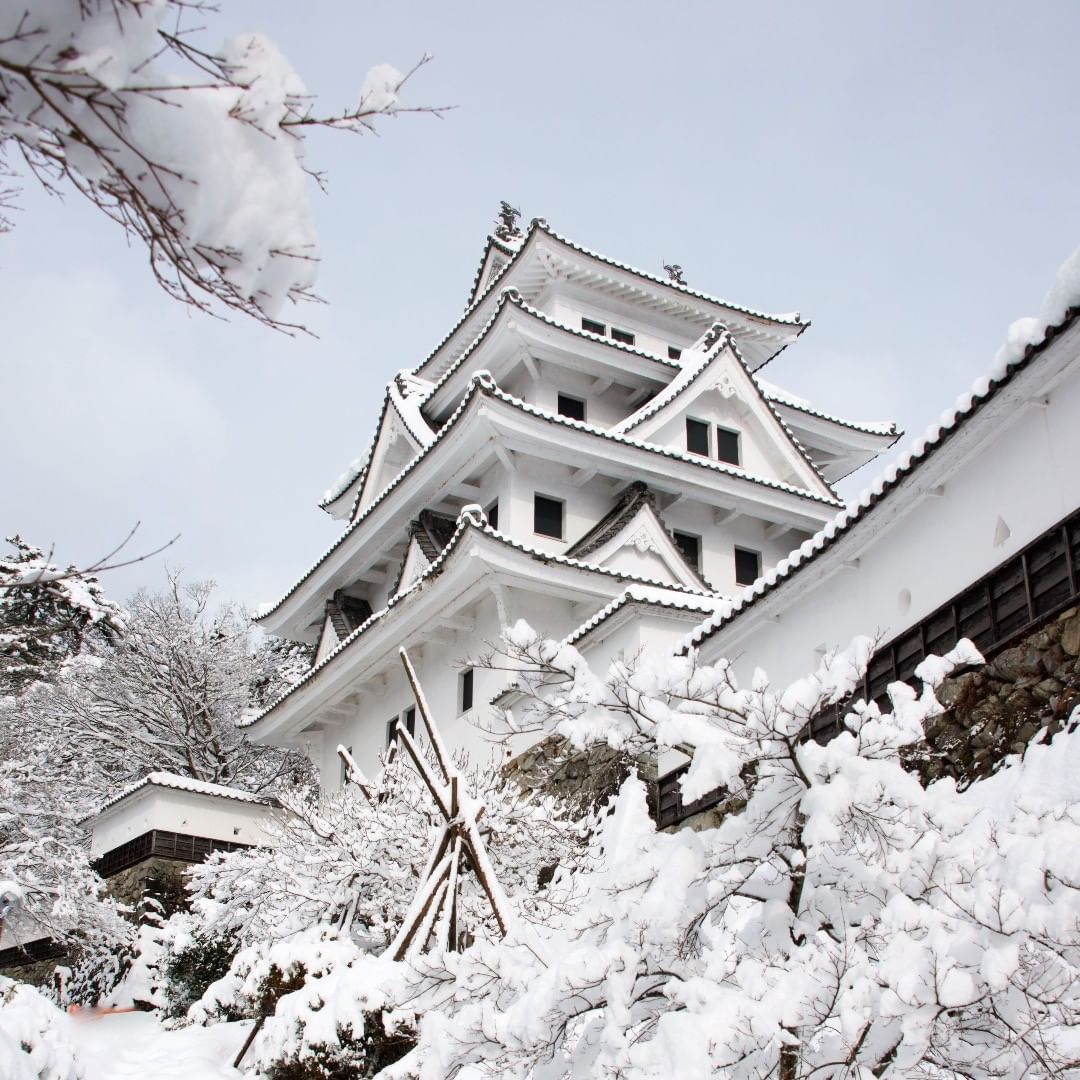
Image credit: @gujo_hachiman_japan
The castle is surrounded by beautiful cherry blossom trees that provide a sweet pink background in spring and vivid autumn colours in fall. In the winter, the castle is enveloped in a blanket of white, giving it a pristine look as it perches comfortably at the top of the hill.
Address: 659 Hachimancho Yanagimachi, Gujo, 501-4214 Gifu
Opening hours: 10AM-4PM (Closed on Tuesdays)
Telephone: 0575-67-1819
Website
Sogi Sui Shrine
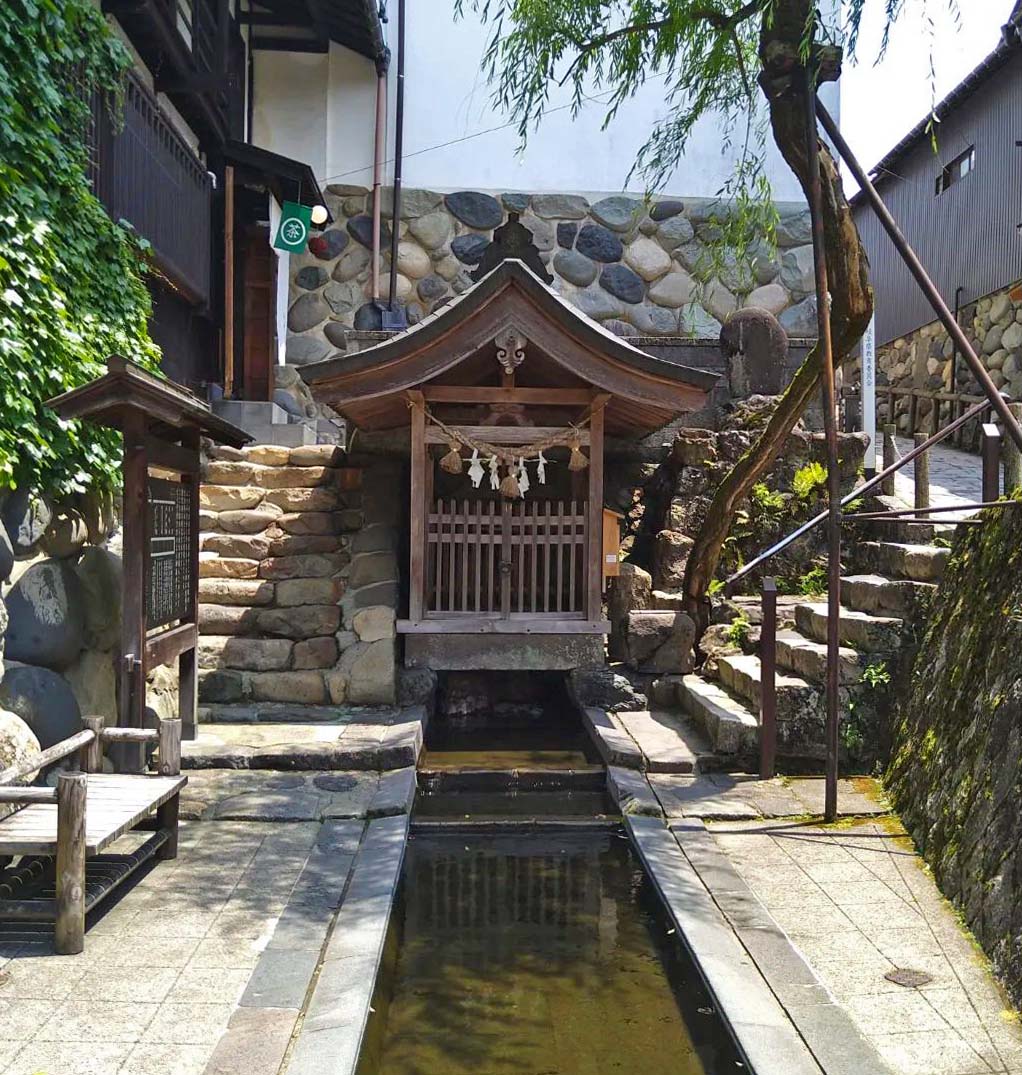 Image adapted from: @ishigami1206
Image adapted from: @ishigami1206
Sogi Sui Shrine is the place where the 15th century poet Sogi and the local feudal lord exchanged farewell poems. The shrine is recognised by the Japanese Ministry of Environment for both its historical and ecological significance.
The shrine is also part of Japan’s 100 Remarkable Waters – a title given to sites that are recognised for their history, uniqueness, and the care that locals have put into preserving and protecting them.
Yoshida River
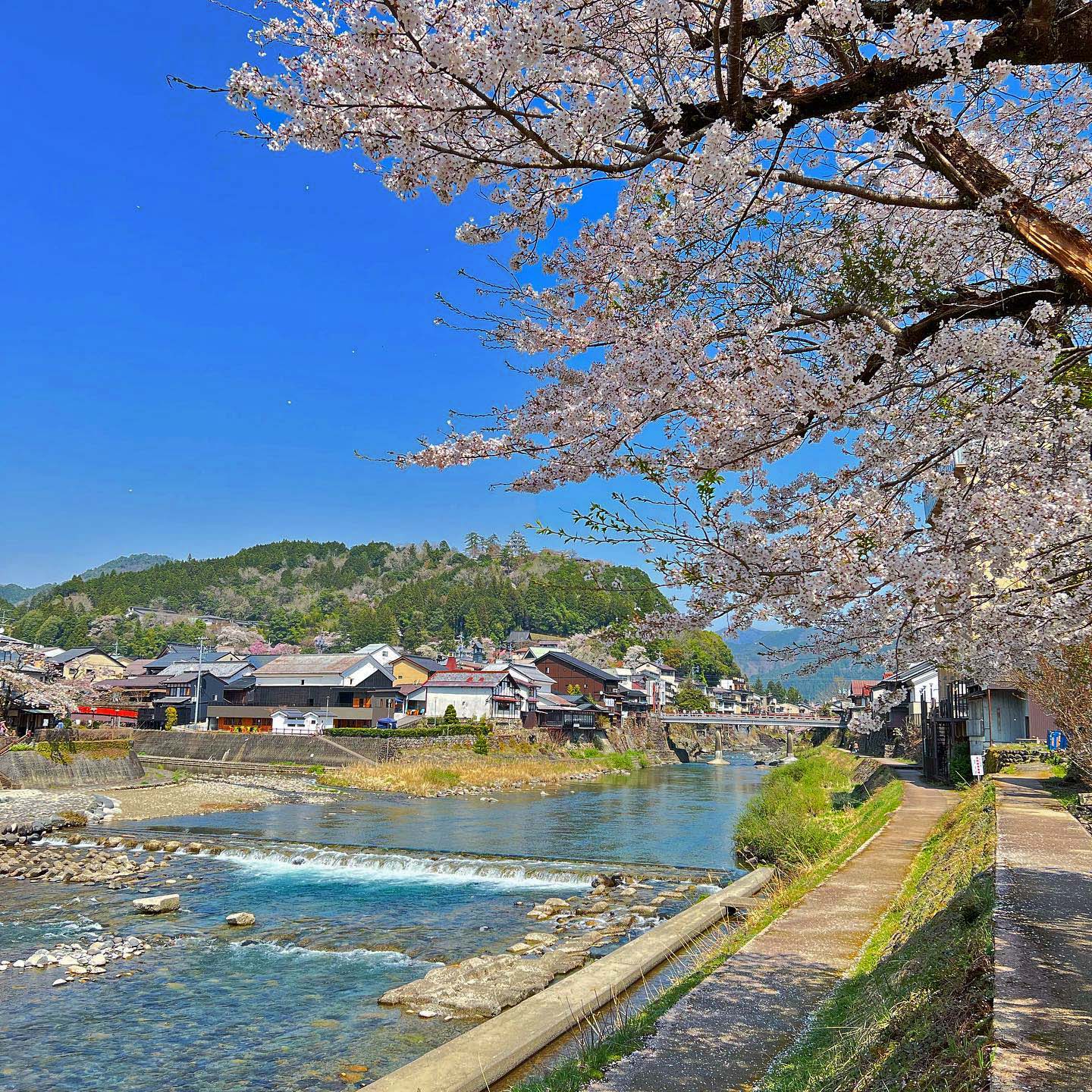
Image adapted from: @blue.green.yr
Yoshida River, also known as the heart of Gujo Hachiman, is a beautiful river that cuts through the town. There are two bridges – Miyagase Bridge and Shinbashi Bridge – that connect the two sides of the town.
In spring, the is surrounded by picture-perfect cherry blossom trees with pastel pink hues that complement the gushing blue river.
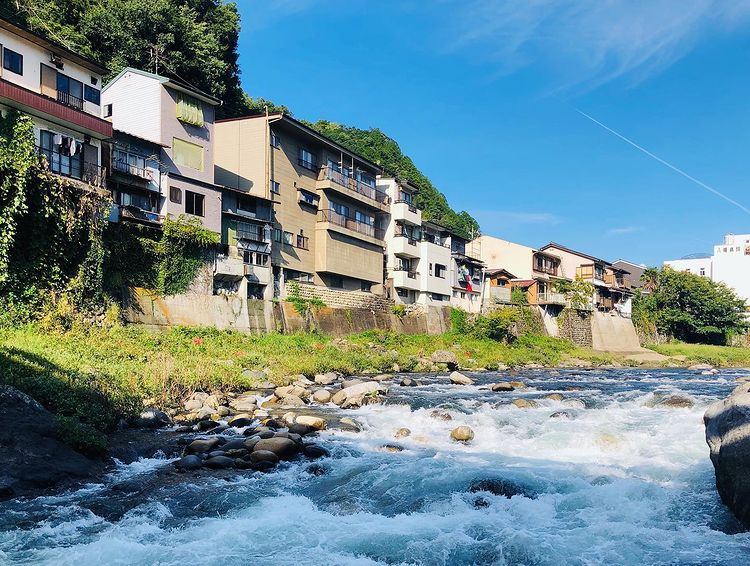
Image credit: @delab_take
Locals often play, swim, and jump into the river during the sweltering summer, though visitors should exercise caution when doing so due to the rapid currents and changes in water level.
Jion Ji Zen Temple
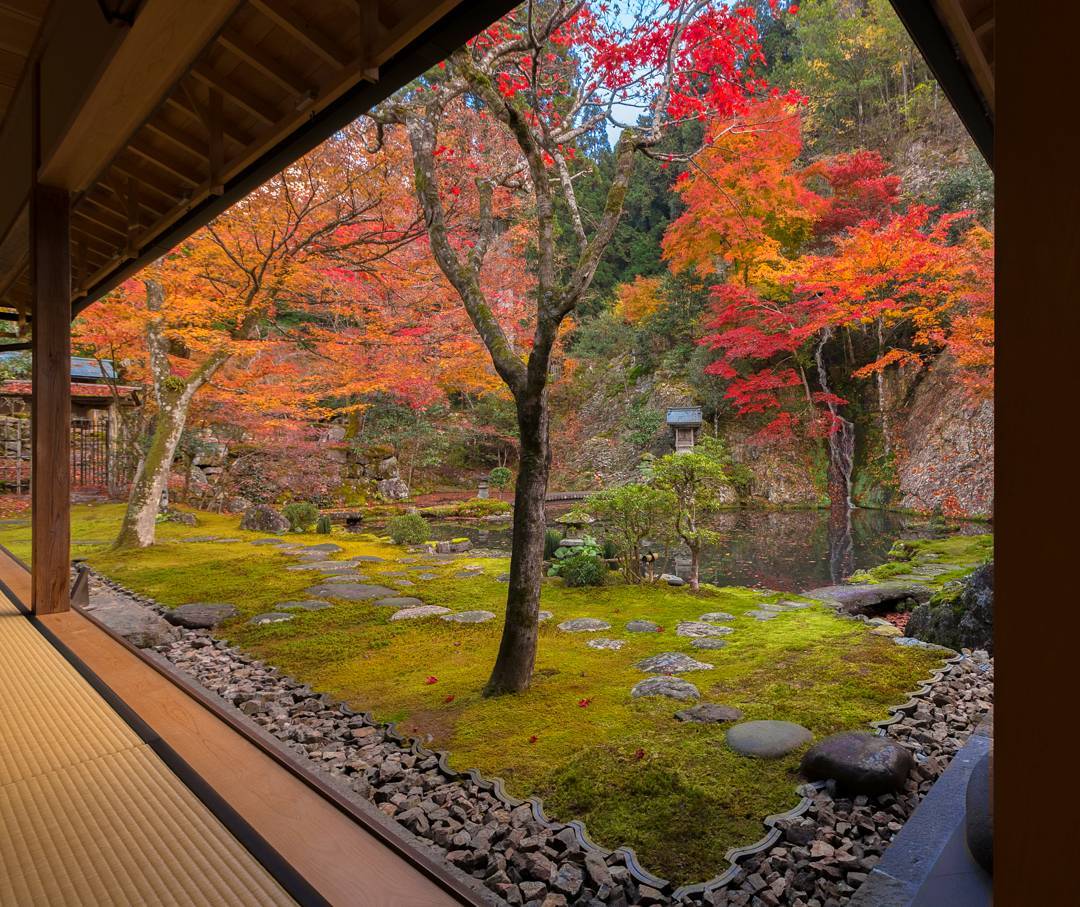 Image credit: @mybigmouth97
Image credit: @mybigmouth97
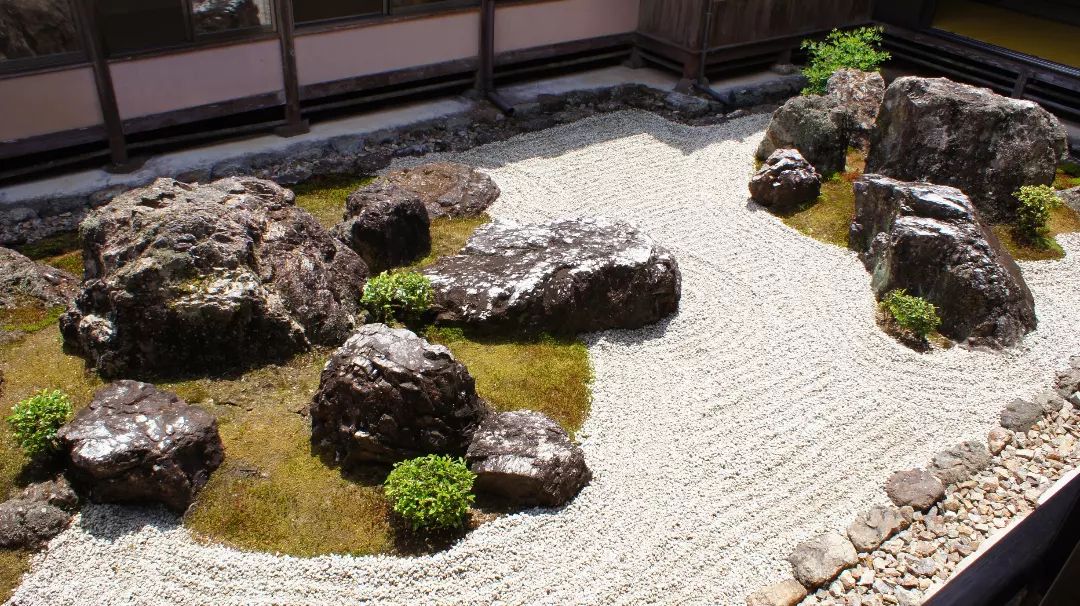 Image credit: @k27cross
Image credit: @k27cross
Jion Ji Zen Temple is a picturesque Zen temple that was built in 1606 and features a small Japanese garden and a pond.
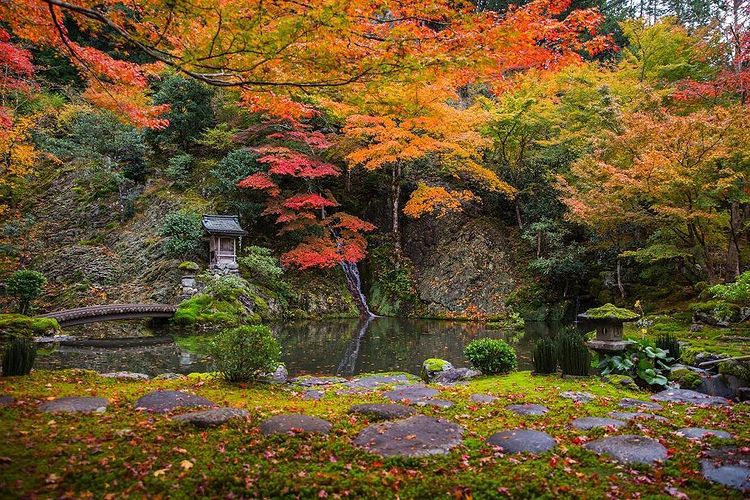
Image credit: @yohei807
The temple is especially stunning in autumn as vivid fall colours adorn the place. Taking a quiet and peaceful stroll around the temple can perhaps provide respite from the noise of everyday life.
Address: 339 Hachimancho Shimadani, Gujo, 501-4222 Gifu
Opening hours: 10AM-4PM (Closed on Tuesdays)
Telephone: 0575-65-2711
Website
Food replica workshops

Image credit: Gujo Hachiman
The ubiquitous food replicas you see displayed at the front of restaurants in Japan were actually invented in Gujo Hachiman. In fact, according to the official Gujo Hachiman tourism website, the town is responsible for 70% of the nation’s production of these food replicas.
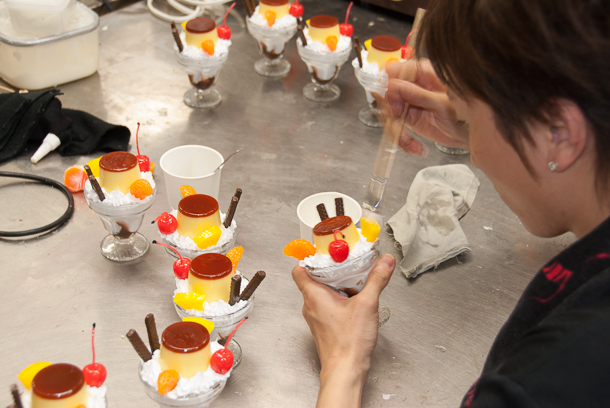
Image credit: Gujo Hachiman
Sample Village Iwasaki is one of the largest producers of food replicas in Gujo Hachiman and they offer workshops that teach you how the food replicas are made. They have 4 workshops covering different types of food replicas, with prices starting from ¥1,000 (~USD7.66).
Address: 250 Hachimancho Jonancho, Gujo, 501-4224 Gifu
Opening hours: 10AM-4PM (Closed every Tuesdays, 1st Saturday of February, and 1st Thursday of October)
Telephone: 0575-65-3378
Website
Kokoro no Mori Museum Yudokan
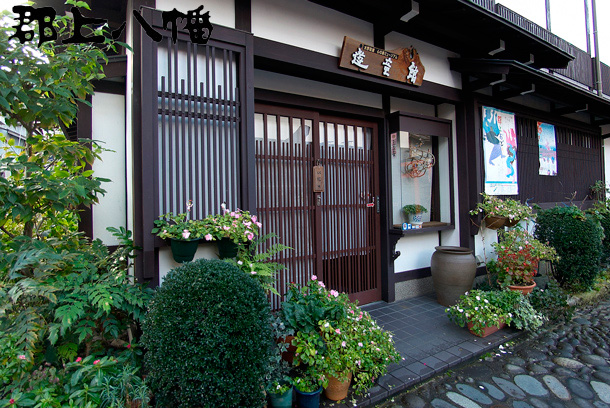
Image credit: Gujo Hachiman
The Kokoro no Mori Museum Yudokan is a paper art museum that features the work of Masao Mizuno, a local paper artist.
 Image credit: 心の森ミュージアム 遊童館
Image credit: 心の森ミュージアム 遊童館
From fascinating dioramas of the Gujo odori (踊り; dance) to adorable origami, the museum displays paper art that represents the quaint and intriguing life of Gujo Hachiman.
Besides simply viewing the crafts, visitors can also participate in a workshop that showcases how Masao Mizuno creates his masterpieces.
Address: 846 Hachimancho Shimadani, Gujo, 501-4222 Gifu
Opening hours: 9AM-5PM (Closed on Thursdays and in Jan & Feb)
Admission: ¥400 (~USD4.21) for adults, ¥200 (~USD4.21) for elementary and junior high school students
Telephone: 0575-65-3274
Website
Otaki Limestone Cave
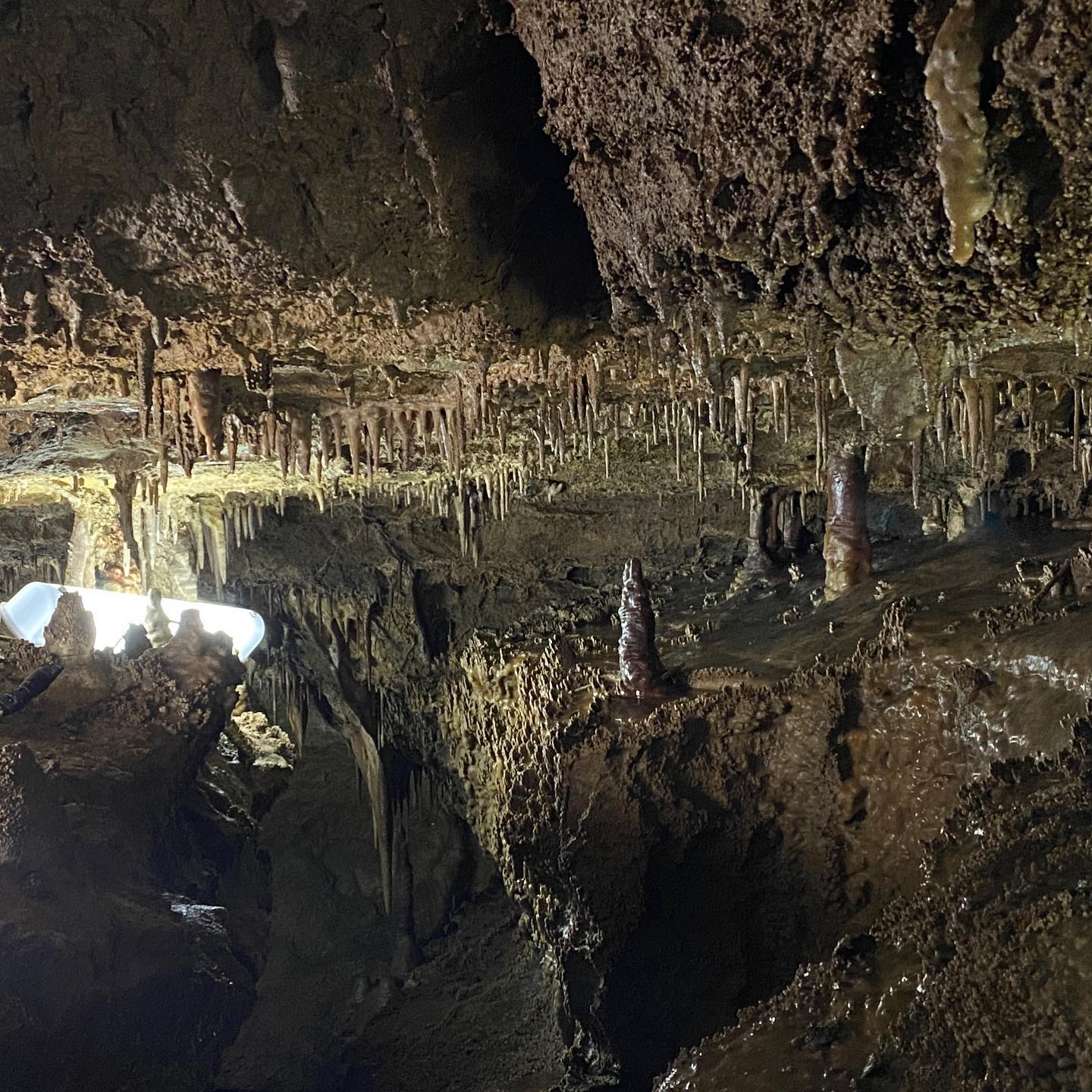 Image credit: @daikiwane0625
Image credit: @daikiwane0625
Otaki Limestone Cave is a large network of caves that houses the tallest underground waterfall in Japan. The cave has various stalactite and stalagmite formations that take on unique shapes.
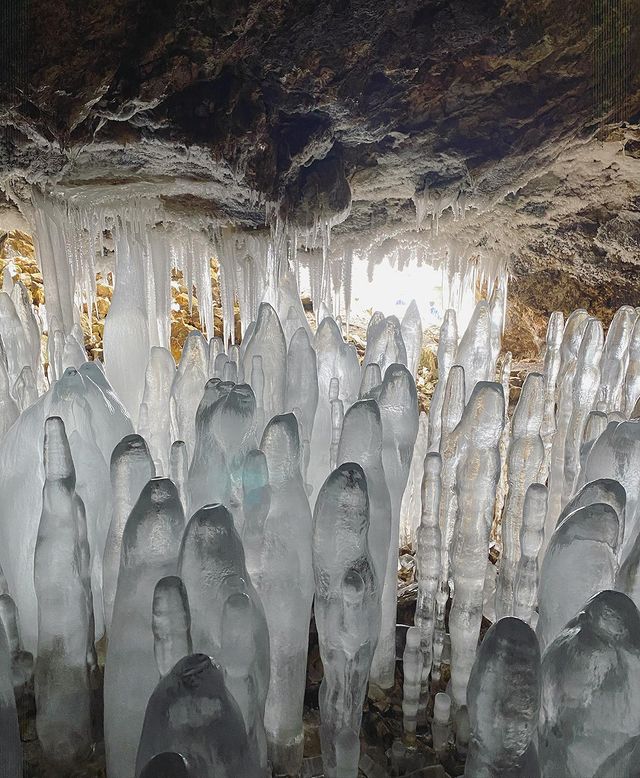
Image credit: @luna_rossa_salon
Look out for natural milky white stalactites, red stalactites that owe their colour to metal ions, and near-transparent stalactites that allow light to pass through them.
Address: 2298 Hachimancho Akuda, Gujo, 501-4205 Gifu
Opening hours: 830AM-530PM
Admission: ¥1,000 (~USD7.65)
Telephone: 0575-67-1331
Website
2. Takayama
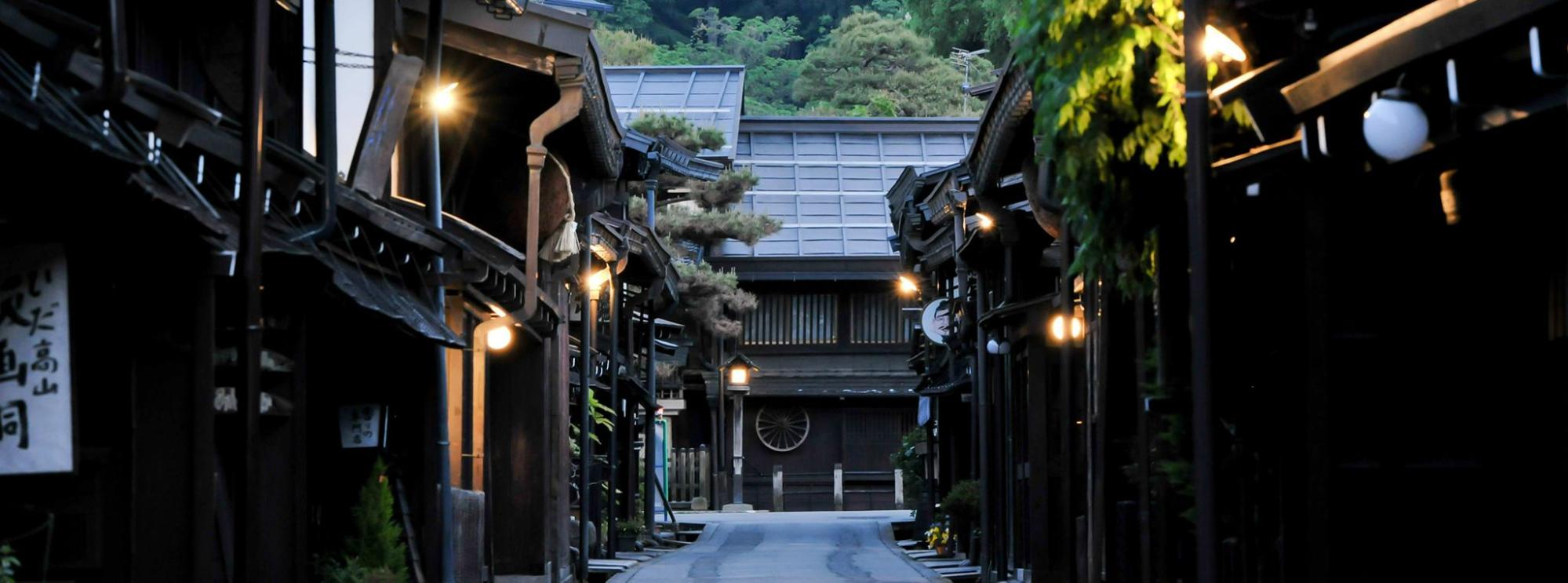 Image credit: HIDA TAKAYAMA
Image credit: HIDA TAKAYAMA
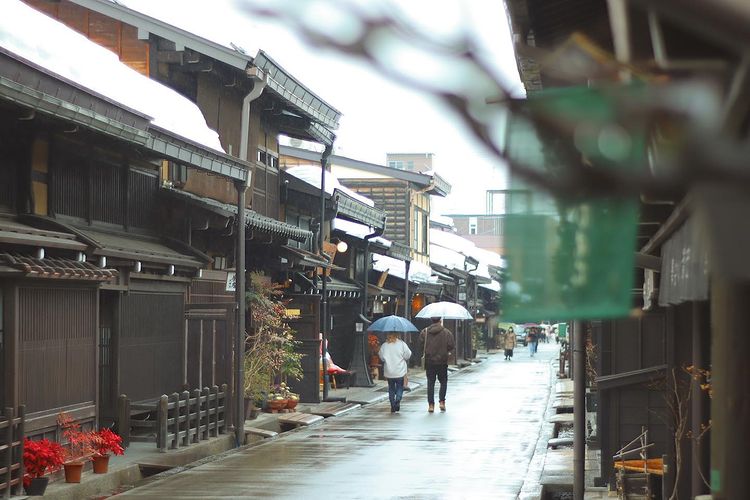
Image credit: @w_cam.iii
The mystifying allure of Takayama lies in the heart of the city – a well-preserved town that is reminiscent of the Edo period. The town has rows and rows of shophouses that sell food, souvenirs, and sake (酒; alcohol), so be sure to eat your fill and shop your heart out.
Try the famous Hida beef
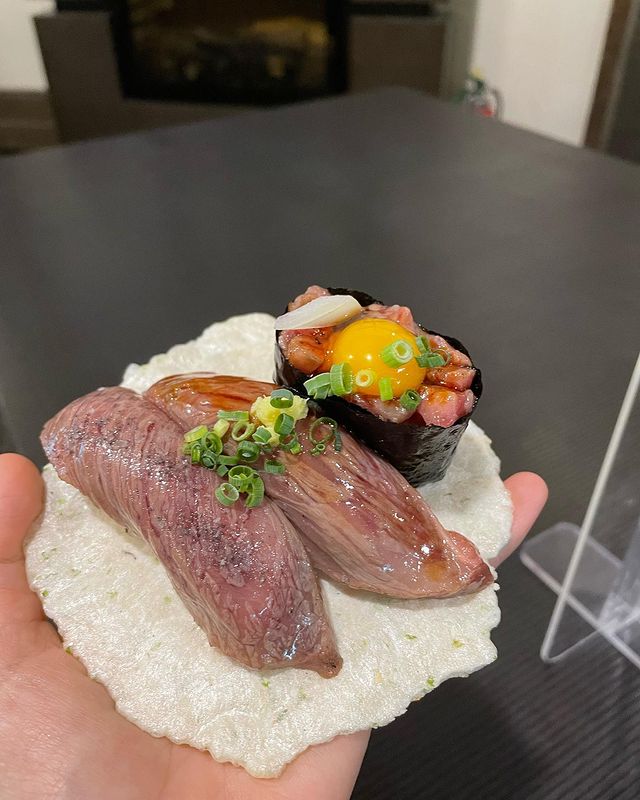
Image credit: @aaako777
One thing that Gifu is famous for is their exquisite Hida beef, and one of the best ways to properly savour it is to try Hida Kotte Ushi’s beef sushi. Beef sushi may sound strange, but the quality of the beef used makes it a strong contender against your typical otoro (大とろ; fatty tuna) and salmon sushi.
The beef sushi is prepared upon each order to ensure its quality, freshness, and satisfaction for every customer. To achieve that melt-in-your-mouth sensation, the chef will lightly torch the beautifully marbled beef and season it with salt or soy sauce.
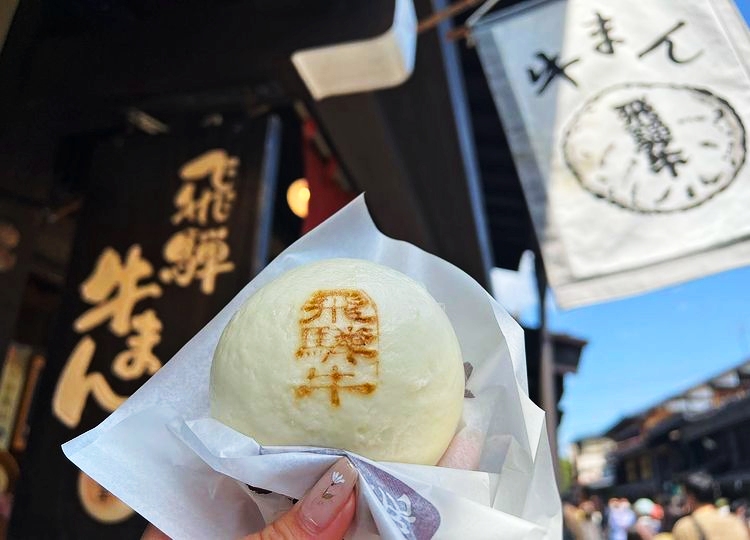
Image adapted from: @tont.on913
Another way of experiencing the famed Hida beef is by trying Hida Gyuman Honpo’s juicy beef buns that are bursting with flavour. The soft, fluffy buns perfectly complement the savoury meat filling inside.
Hida Kotte Ushi
Address: 34 Kamisannomachi Takayama, 506-0846 Gifu
Opening hours: 10AM-5PM, Daily
Telephone: 0577-37-7733
Website
Hida Gyuman Honpo
Address: 2 Shimoichinomachi Takayama, 506-0843 Gifu
Opening hours: 10AM-5PM (Closed on Tuesdays)
Telephone: 0577-33-4848
Website
Shop at Takayama’s morning markets
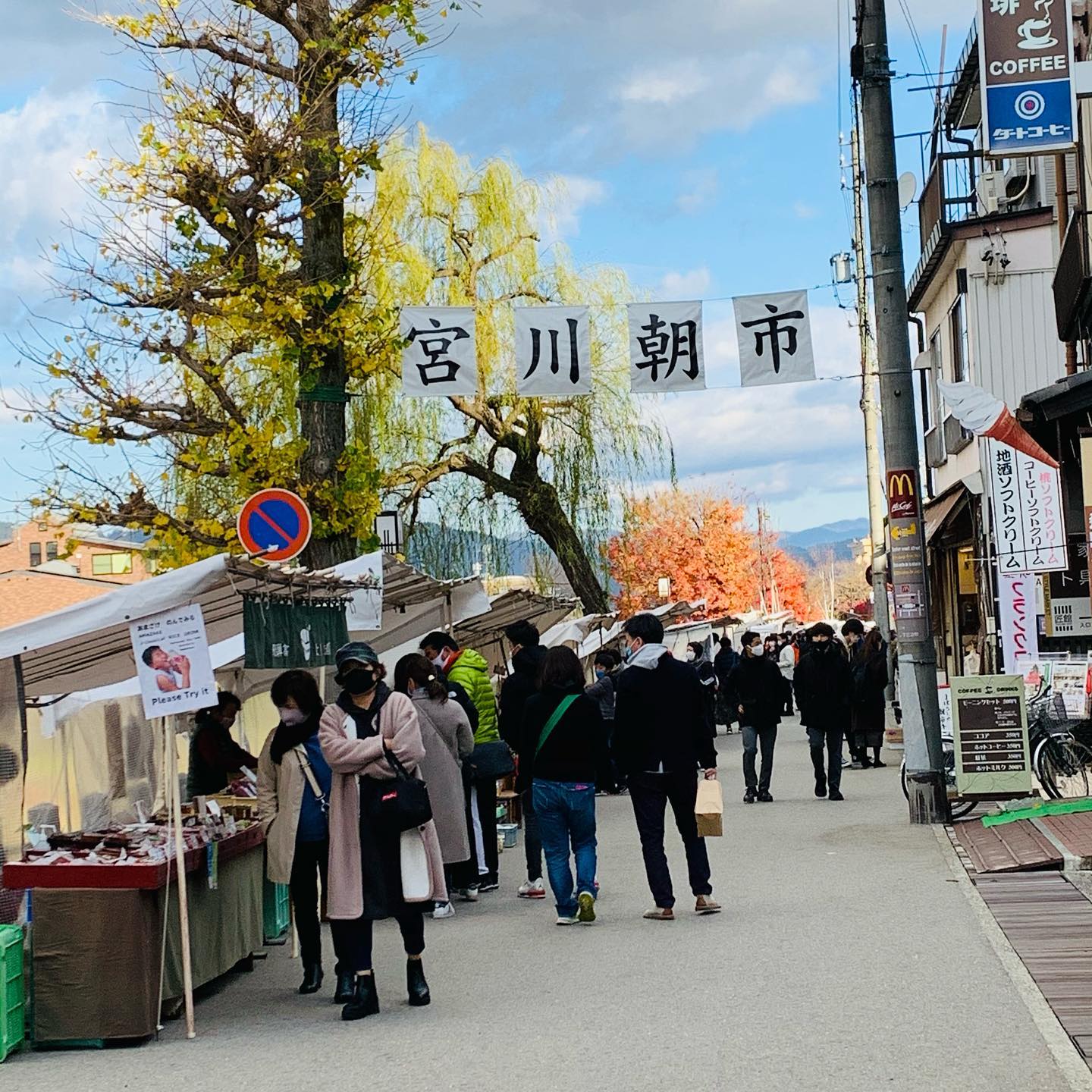 Image credit: @kazu.ruka.waiwai
Image credit: @kazu.ruka.waiwai
Takayama has two morning markets – the Miyagawa Market and the Jinya-mae Market – that operate from early morning till noon. You can catch a glimpse of the residents’ daily lives through the robust interactions at the markets while doing some shopping yourself.
The Miyagawa Market is located along the Miyagawa river and has over 60 stalls, while the Jinya-mae Market is situated in front of Takayama Jinya, a historical government building.
Miyagawa Market
Address: Shimoichinomachi Takayama, 506-0841 Gifu
Opening hours: Apr – Nov 7AM-12PM | Dec – Mar 8AM-12PM
Telephone: 0577-33-4848
Website
Jinya-mae Market
Address: 1 Chome-5 Hachikenmachi, Takayama, 506-0012 Gifu
Opening hours: Apr – Dec 7AM-12PM | Jan – Mar 8AM-12PM
Telephone: 0577-32-3333
Website
Takayama Jinya
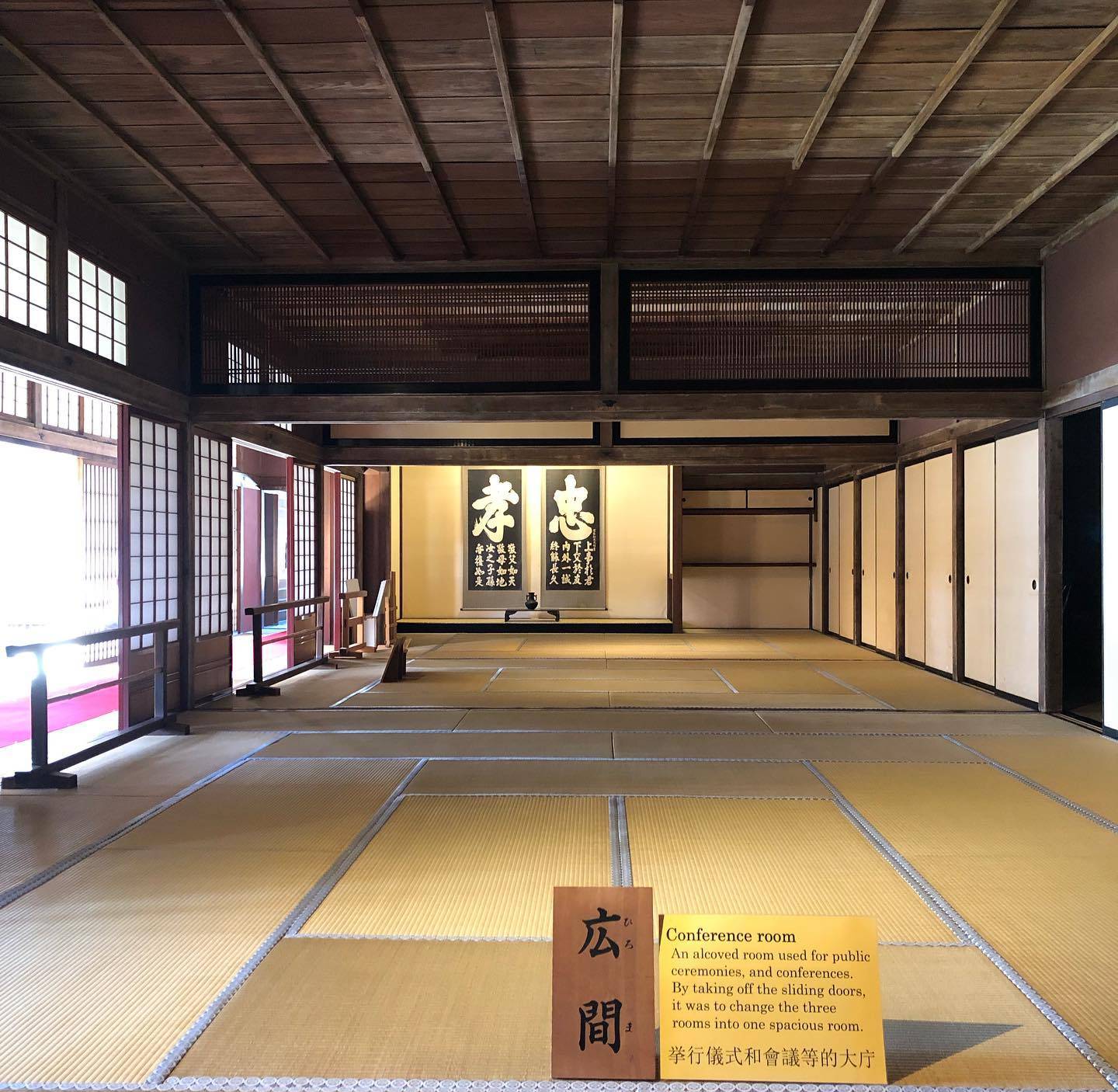 Image adapted from: @kyoko.peacejoylove
Image adapted from: @kyoko.peacejoylove
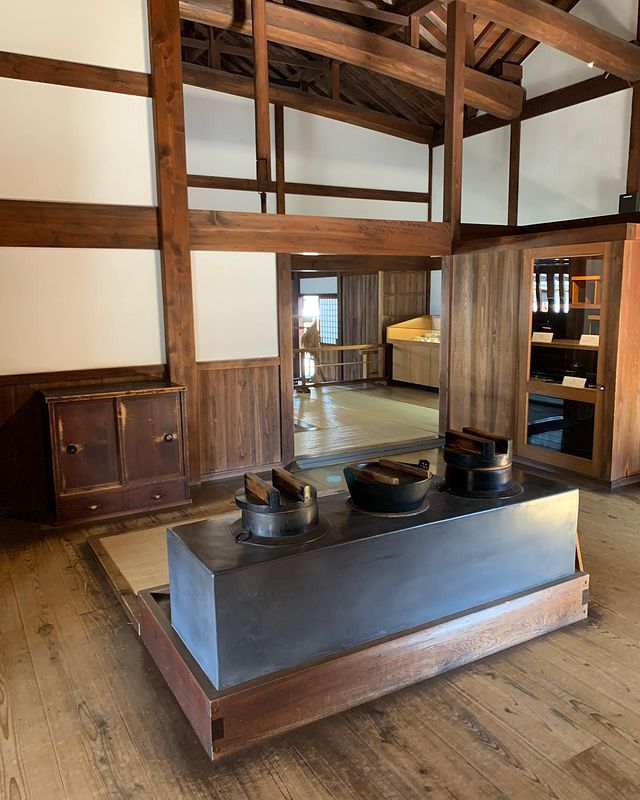
Image credit: @cubeken
Takayama Jinya is a historic building that used to be the government headquarters for the Hida Province during the Edo period.
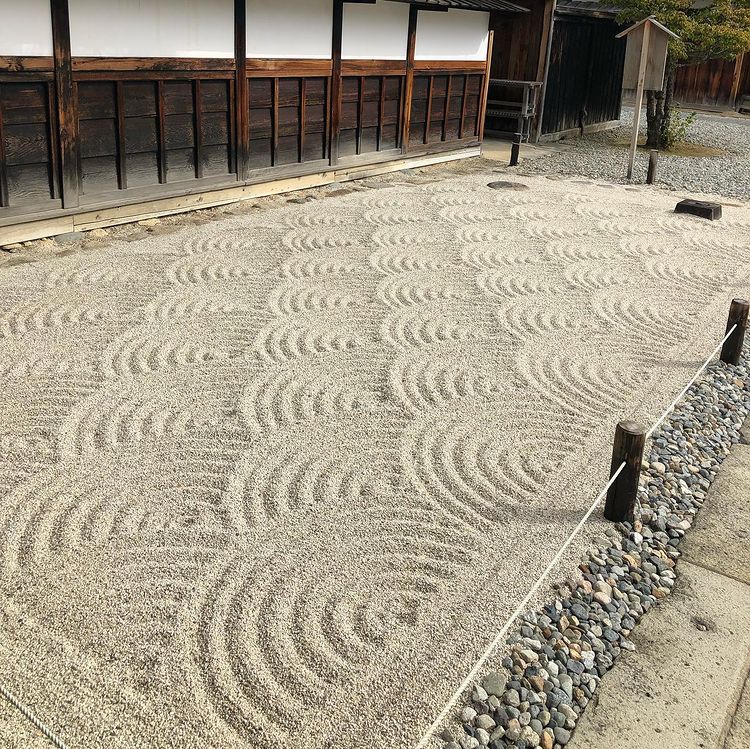
Image credit: @keikosumomo
The moment you enter Takayama Jinya, you will be greeted by seigaiha (青海波) – a propitious pattern that drew inspiration from waves of the sea. The pattern is believed to bring peace and prosperity that will last for an eternity.
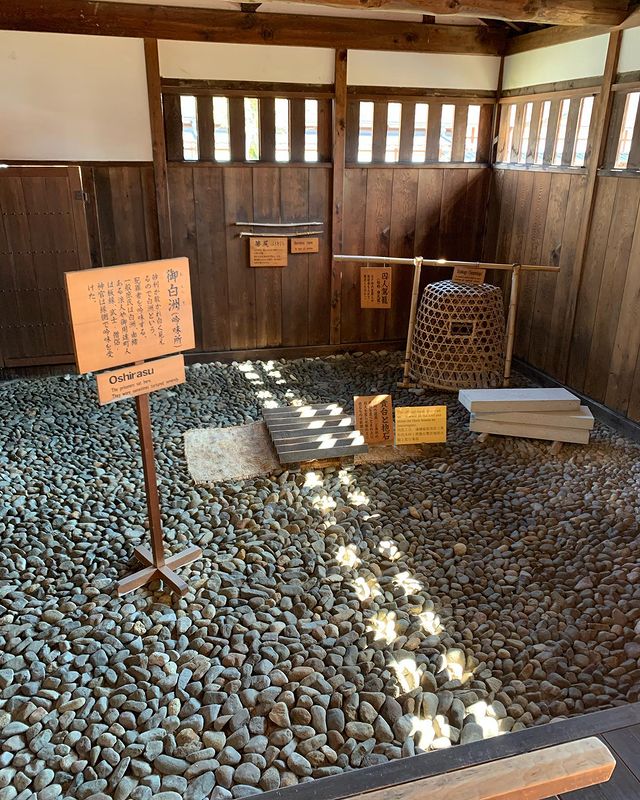
Image credit: @cubeken
The building houses two oshirasu (お白州) – rooms that are used to hold trials. One of the oshirasu was used to receive locals who had complaints or requests, while the other was a place where criminals would be investigated and judged.
Address: 1-5 Hachikenmachi, Takayama, 506-0012 Gifu
Opening hours: Mar – Oct 845AM-5PM | Nov – Feb 845AM-430PM (Closed on New Year Holidays)
Admission: ¥440 (~USD3.32) for adults, free for children aged 15 years old and under
Telephone: 0577-32-0643
Website
3. Shirakawa-go
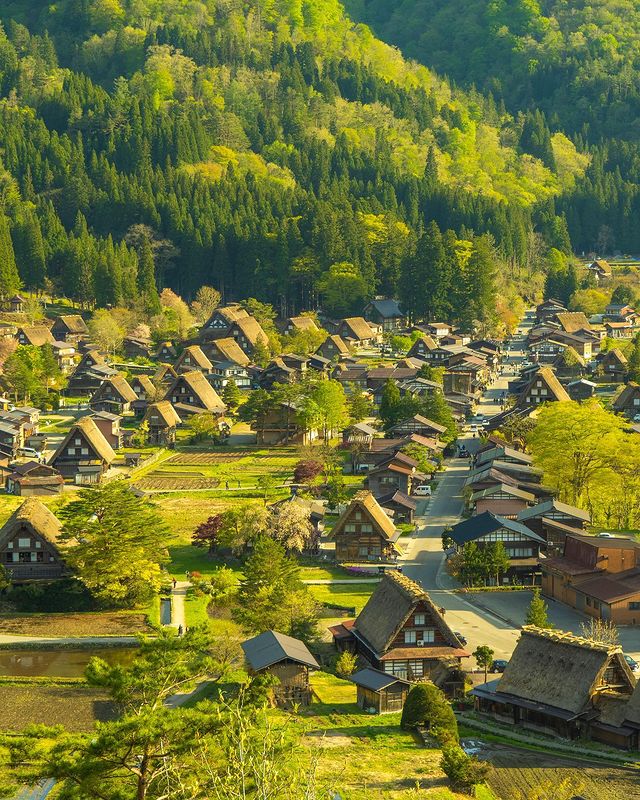
Image credit: @travel_with_teddybear
Shirakawa-go is a Japanese mountain settlement that is situated in the Ono District, an area that was once little-known due to its harsh natural environment. However, once Shirakawa-go was listed as a UNESCO World Cultural Heritage site, it quickly became famous for its rich culture and traditions.
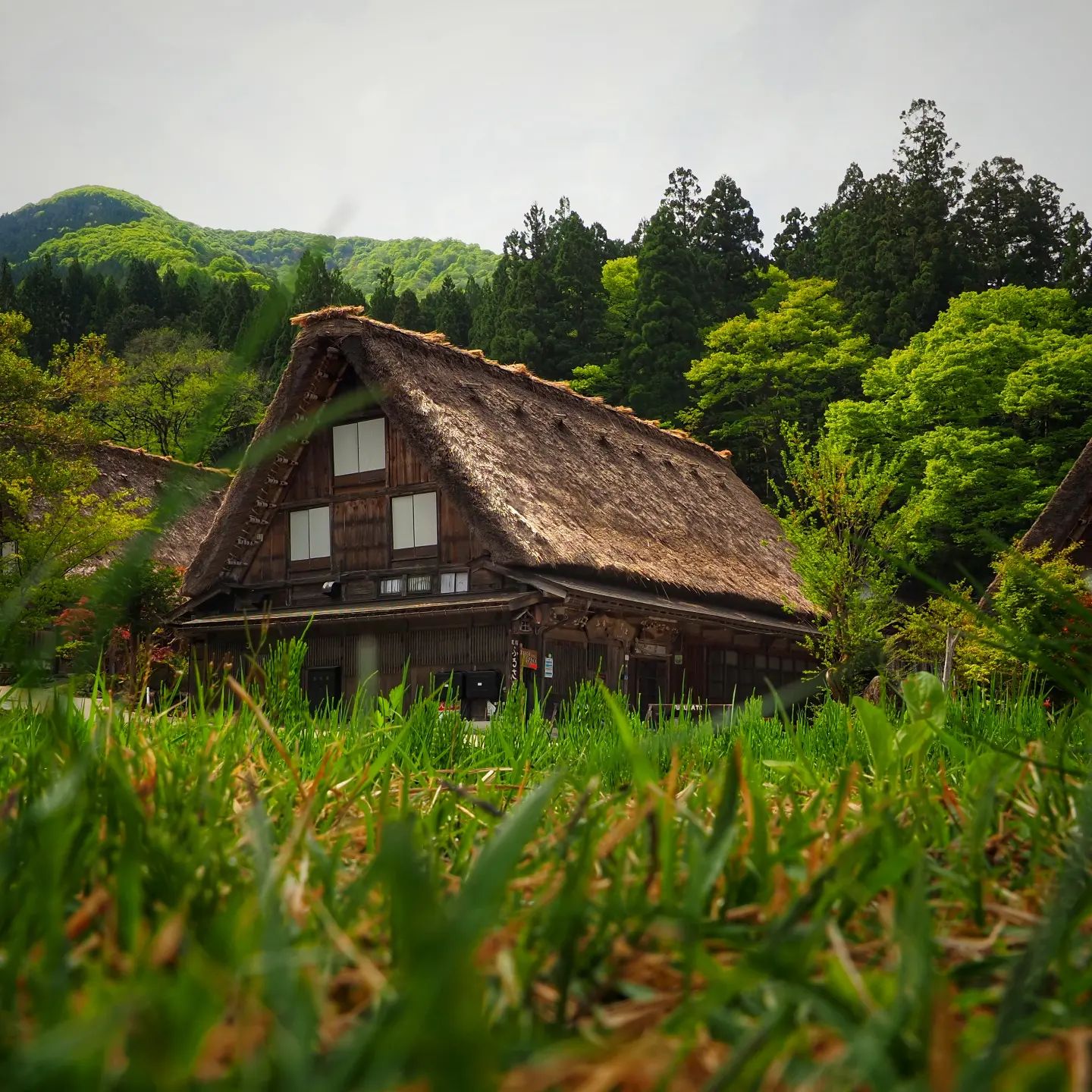 Image credit: @92zo__
Image credit: @92zo__
Shirakawa-go is best known for its traditional gassho-zukuri (合掌造り) farmhouses – a Japanese architectural style where the roofs are steep and resemble hands clasped in prayer.
The perfect winter wonderland
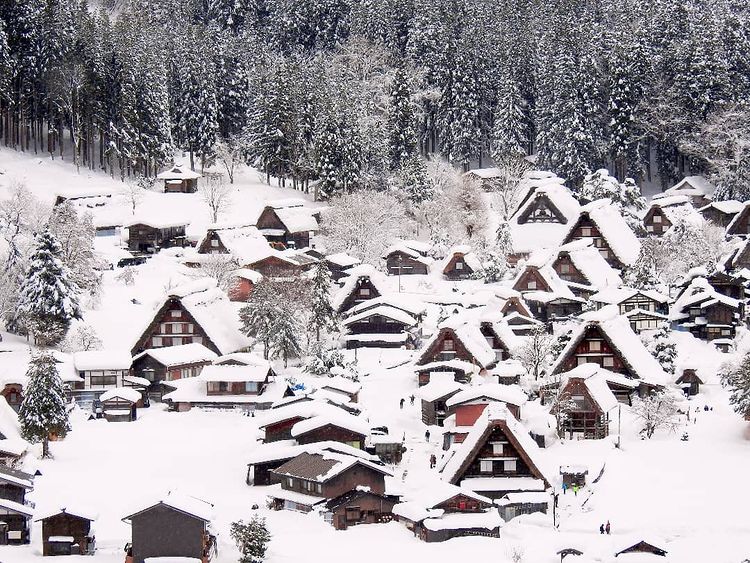
Image credit: @shirakawa_go.gifu
Shirakawa-go is particularly breathtaking during the winter, when you can see the snow-capped rooftops of the gassho-zukuri farmhouses sitting amidst an endless immaculate sea of white.
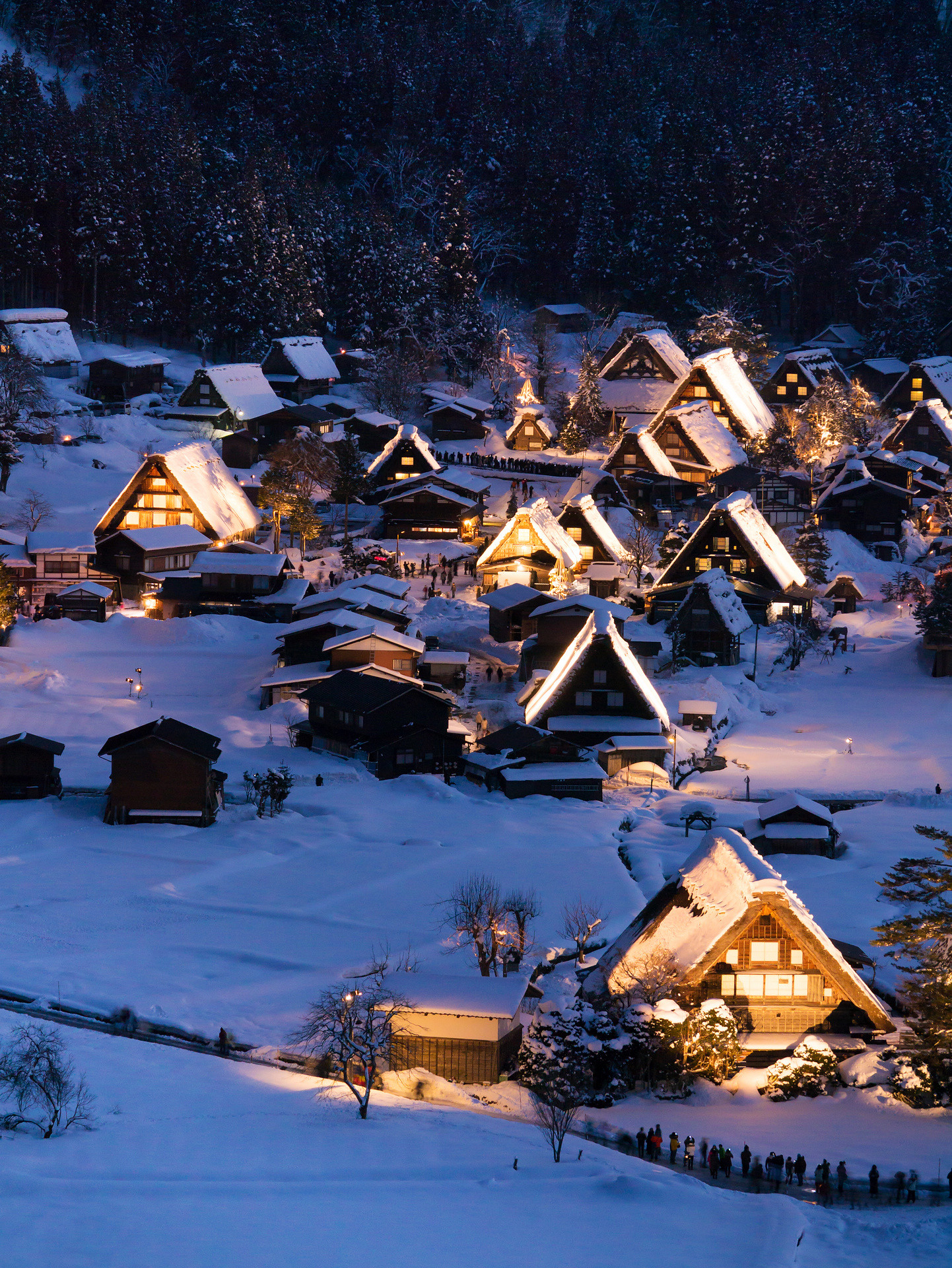 Image credit: @annintofu
Image credit: @annintofu
When the sun sets and the sky darkens, the view becomes even more spectacular as the adorable farmhouses are well-illuminated and look extra cosy in contrast to the freezing winter nights.
Stay overnight at a gassho-zukuri farmhouse
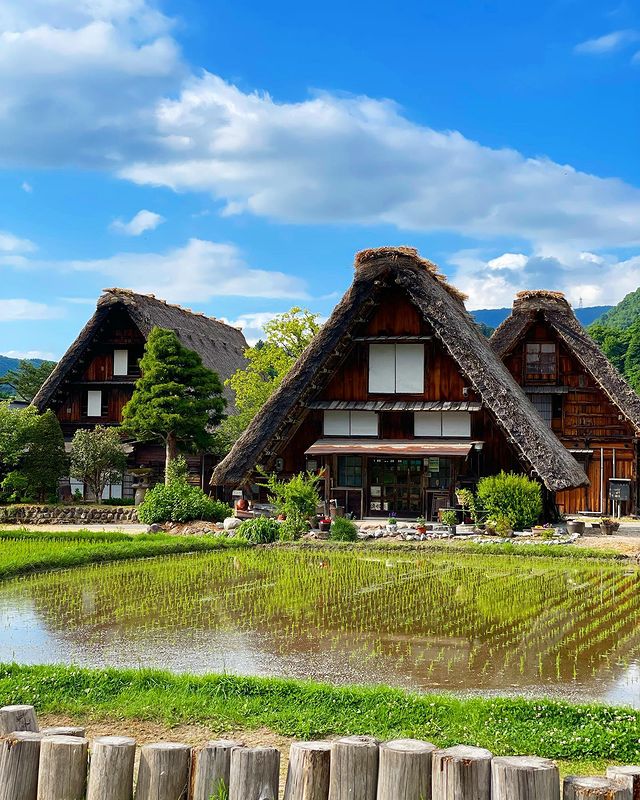
Image credit: @kashiyuper43
The best way to immerse yourself in the culture and history of Shirakawa-go is to actually stay in one of the famed gassho-zukuri farmhouses. Not only will you get to experience a traditional Japanese-style home, but you will also be whisked away – however briefly – to the golden age of the Edo period.
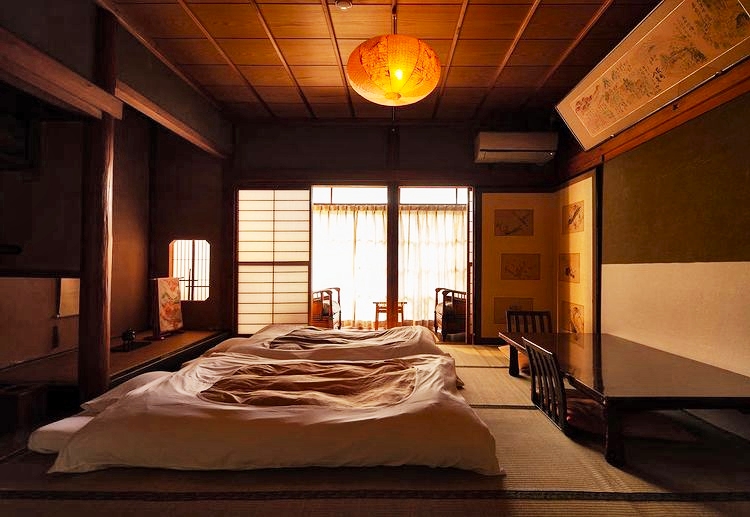
Image adapted from: @feel_shirakawago
Many of the farmhouses in Shirakawa-go serve as accommodation for tourists, and most of them offer traditional Japanese rooms that include tatami (畳; traditional Japanese mat) floors and futon (布団; traditional Japanese mattresses).
Address: Ogimachi, Shirakawa, Ono District, 501-5627 Gifu
Opening hours: 24 hours, Daily
Telephone: 0576-96-1311
Website
4. Furukawa
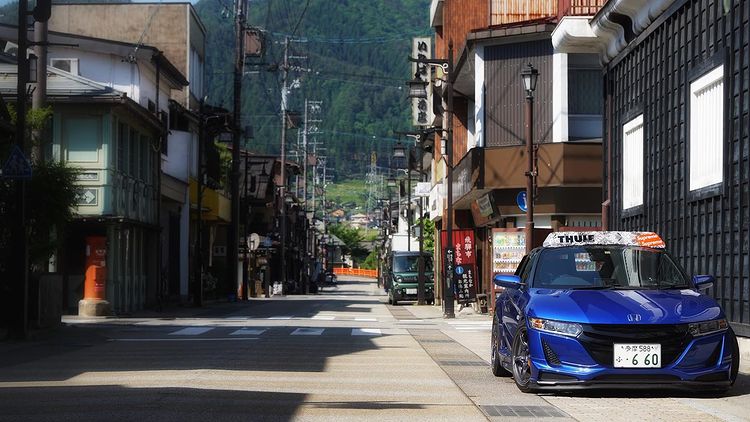
Image credit: @macky_s_rock
Furukawa is a town located in Gifu Prefecture, but it is smaller and quieter than the busy and happening scene at Takayama. Given that it is more obscure than its famous counterpart, Furukawa is a perfect getaway from yammering tourists on crowded streets.
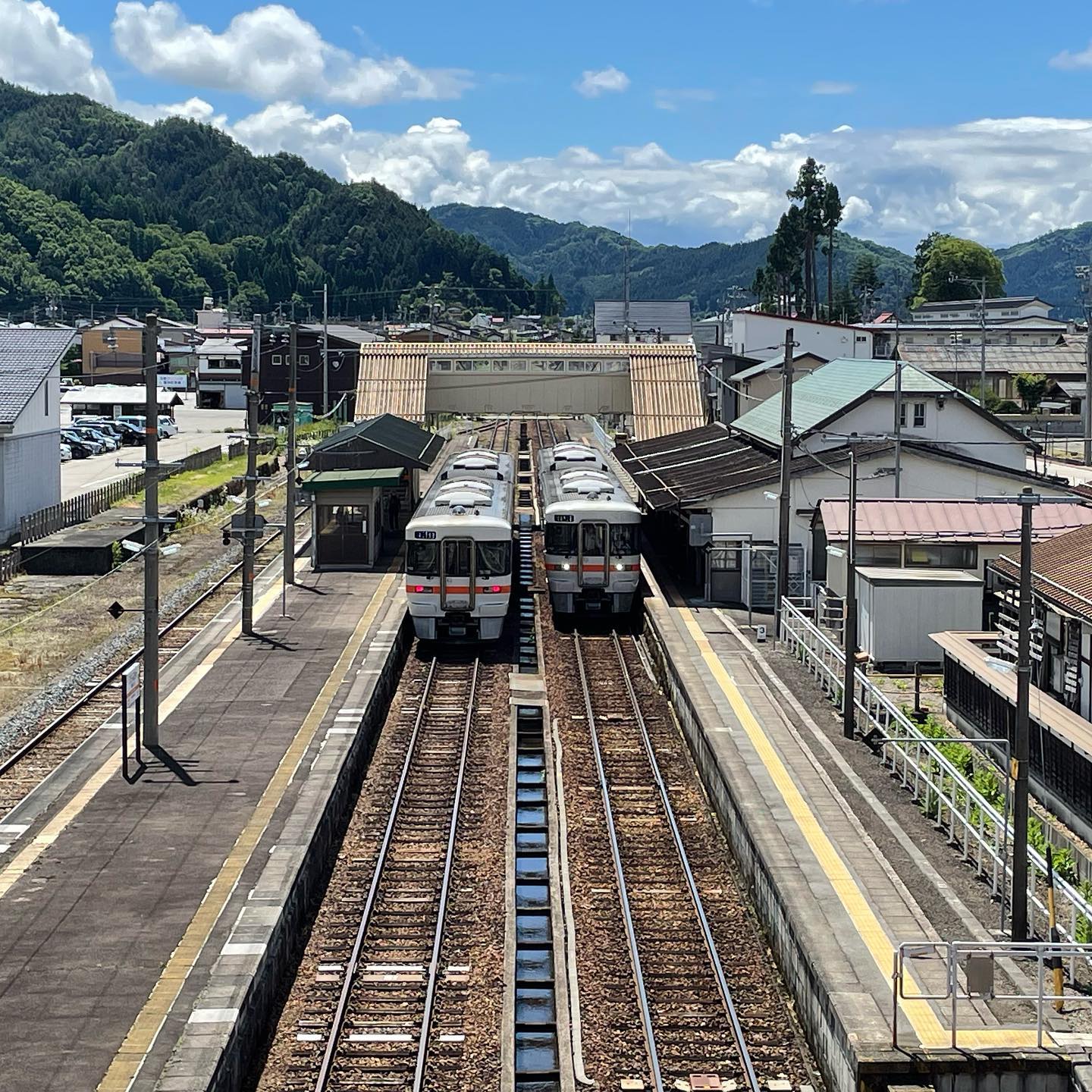 Image credit: @utsunomiyatoru
Image credit: @utsunomiyatoru
Considered a hidden gem by most visitors, the town – albeit small – promises scenic strolls and delicious local cuisine.
Address: Furukawa, Ono, Ibi District, 501-0502 Gifu
Opening hours: 24 hours, Daily
Telephone: 0577-73-2111
Website
Rail-MTB Gattan Go
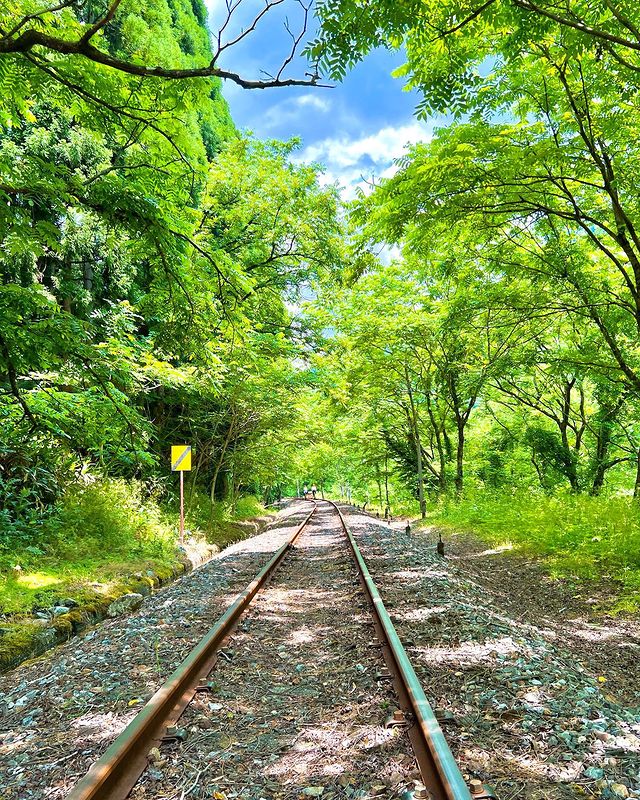
Image credit @mirai3605
The Rail-MTB Gattan Go is one of the most popular activities to do in Furukawa. Here, visitors ride electrically assisted bicycles on an abandoned railway track.
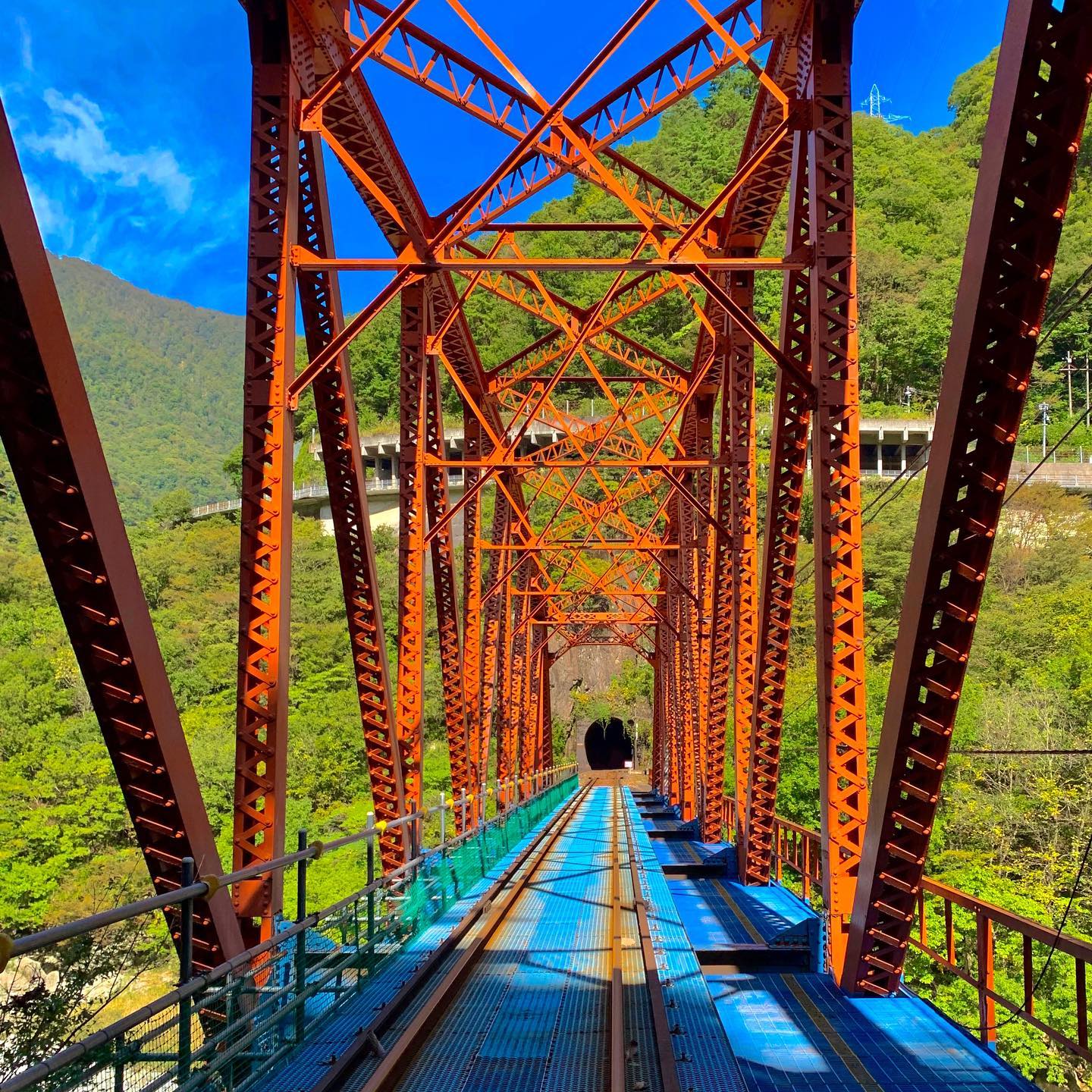 Image credit: @marimari_marima
Image credit: @marimari_marima
There are two routes for visitors to choose from, the Town Course and the Canyon Course. Both feature astounding views of the surrounding mountains and greenery. The courses are approximately 6 km for a round trip and takes about an hour to complete.
Town Course
Address: 1327-2 Azumo, Kamioka-cho, Hida, 506-1147 Gifu
Telephone: 0578-82-4008
Website
Canyon Course
Address: Nishi-urushiyama, Kamioka-cho, Hida, 506-1215 Gifu
Telephone: 0578-85-2457
Website
5. Okuhida
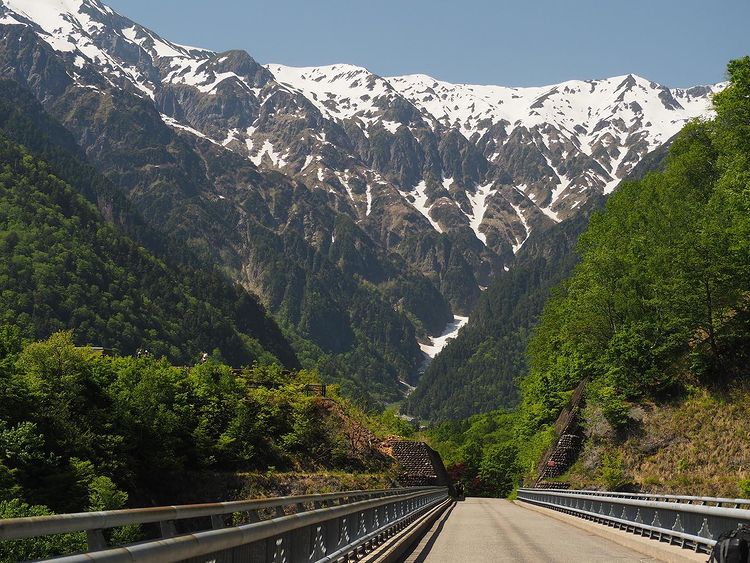
Image credit: @kumikohorio
Okuhida is a region of the Gifu Prefecture that sits comfortably in the midst of the Northern Japan Alps. The region is most known for its outdoor hot springs that offer splendid views of the surrounding mountains while you enjoy your soak.
Hot springs
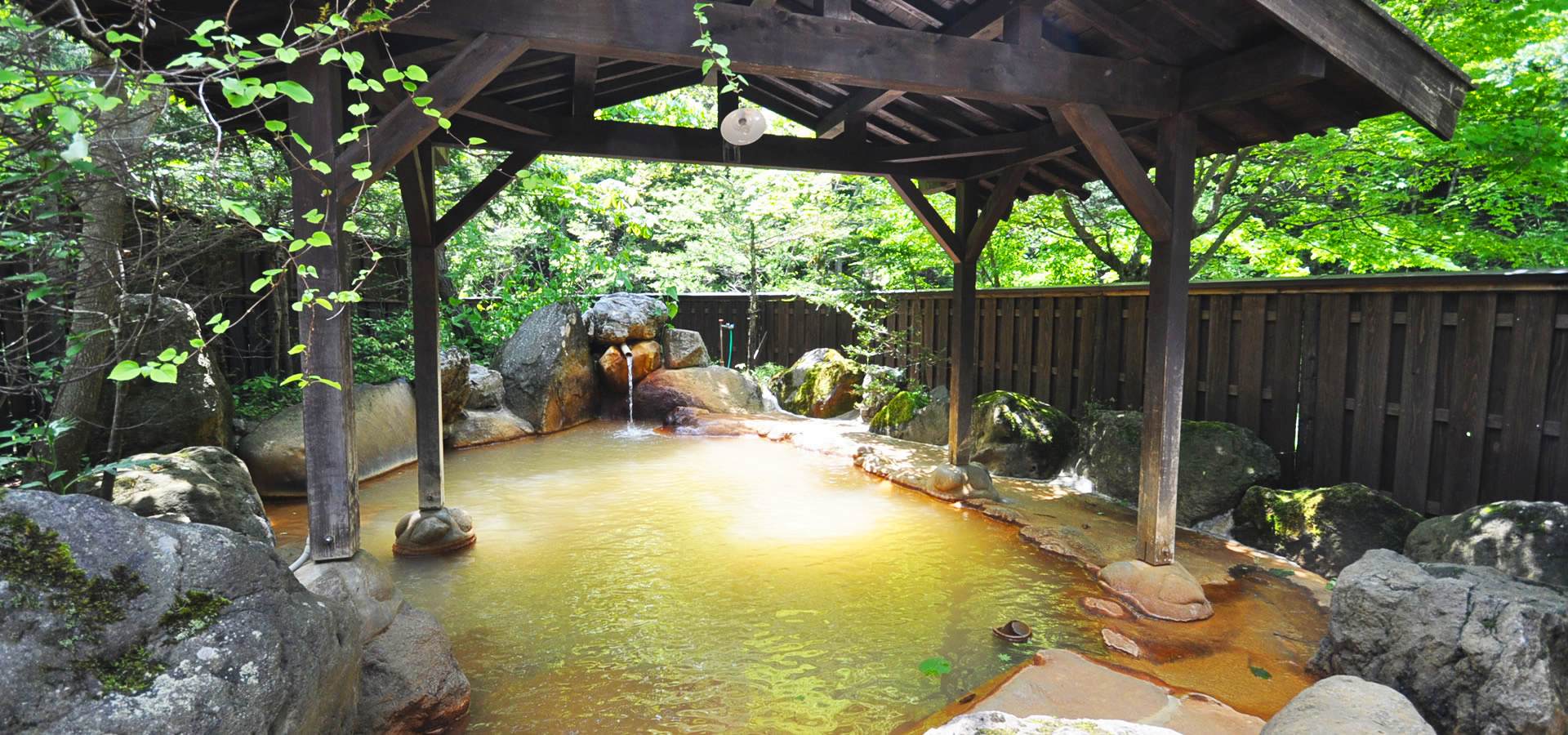 Image adapted from: 奥飛騨温泉郷 平湯温泉
Image adapted from: 奥飛騨温泉郷 平湯温泉
Hirayu Onsen is Okuhida’s largest and oldest hot spring town and is home to several unique outdoor onsen, including one that is attached to a museum. Visit their official tourism website to check the individual prices and opening hours of the different onsen within the hot spring town.
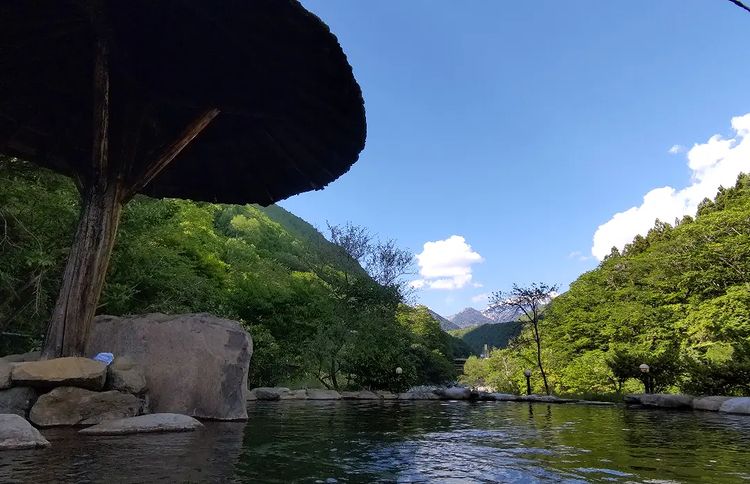
Image credit: @jirochan11jan
Another famous hot spring town is Shin-Hotaka Onsen, which is located at the base of the Hotaka mountains. The town gets its hot spring water from the Gamada River, and the onsen there provides stunning views of the Northern Japan Alps.
If you are planning to visit the hot spring heaven in Okuhida, make sure that you are aware of the proper onsen etiquette before you traverse the onsen towns.
Hirayu Onsen
Address: Okuhida Onsengo Hirayu, Takayama City, 506-1433 Gifu
Telephone: 0578-89-3030
Website
Shin-Hotaka Onsen
Address: Okuhida Onsengo, Takayama City, 506-1421 Gifu
Telephone: 0578-89-2614
Website
Shin-Hotaka Ropeway
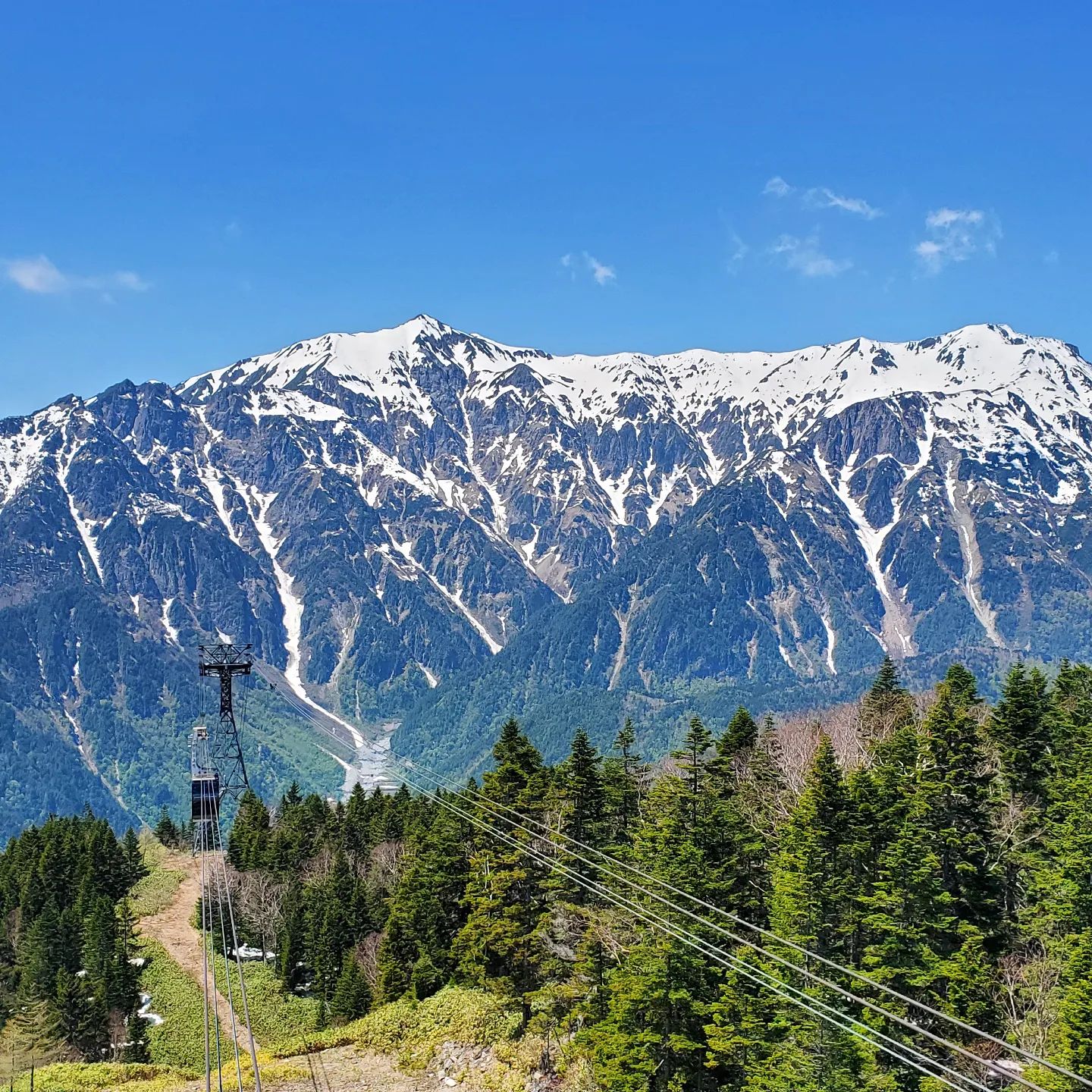 Image credit: @rei14che1m
Image credit: @rei14che1m
The Shin-Hotaka Ropeway in Okuhida is a perfect adventure for thrill seekers as the ropeway has one of the largest elevation gains in Japan – over 1,000m – as it climbs up the mountains.
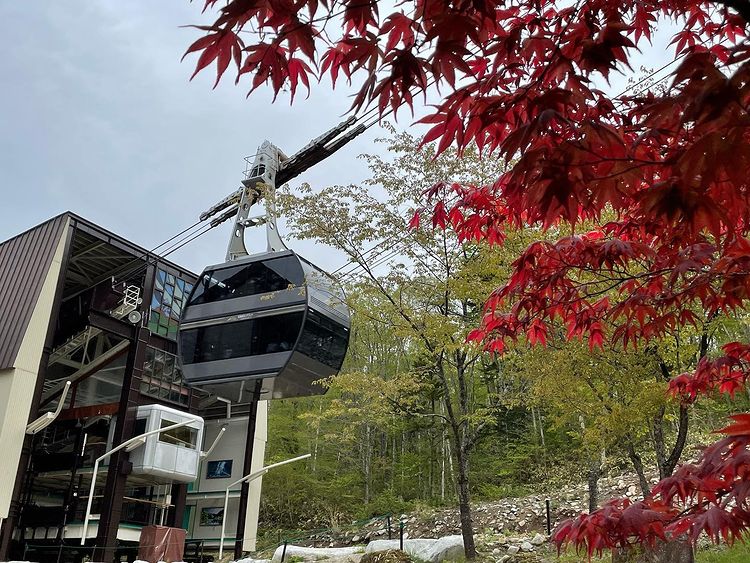
Image credit: @marbo_67
Another interesting feature of the ropeway is its double-decker cable cars, which is the first of its kind in Japan. The spacious cable cars offers a comfortable and unforgettable experience as you take in the sights of the mountains from high up in the sky.
The first and last cable car timings differ depending on the season, and you can check schedule on their official tourism website.
Address: Shinhotaka Onsen, Okuhida Onsen, Takayama City, 506-1421 Gifu
Telephone: 0578-89-2252
Website
Guide to Gifu Prefecture
Travelling to Gifu Prefecture may be a bit of a hassle, but it is definitely worth the time and effort as it has so much to offer. After combing through the busy cities of Japan, perhaps it’s time to start incorporating quiet towns into your travel itineraries.
Also check out:
- Konagai day trip guide
- Things to do in Kawagoe, Saitama
- Japanese Zen gardens
- Things to do in Daikanyama
- Unique Japanese architecture
Cover image adapted from: @kaa._.photo, @rei14che1m, and @92zo__
